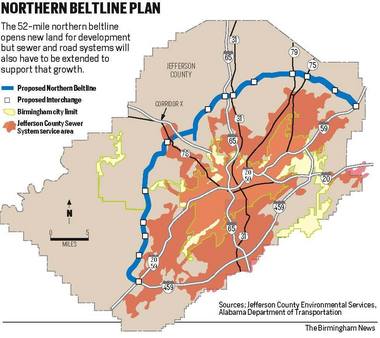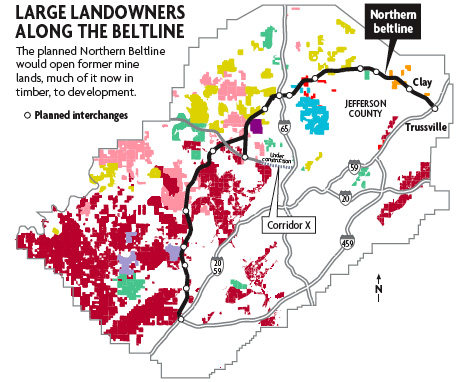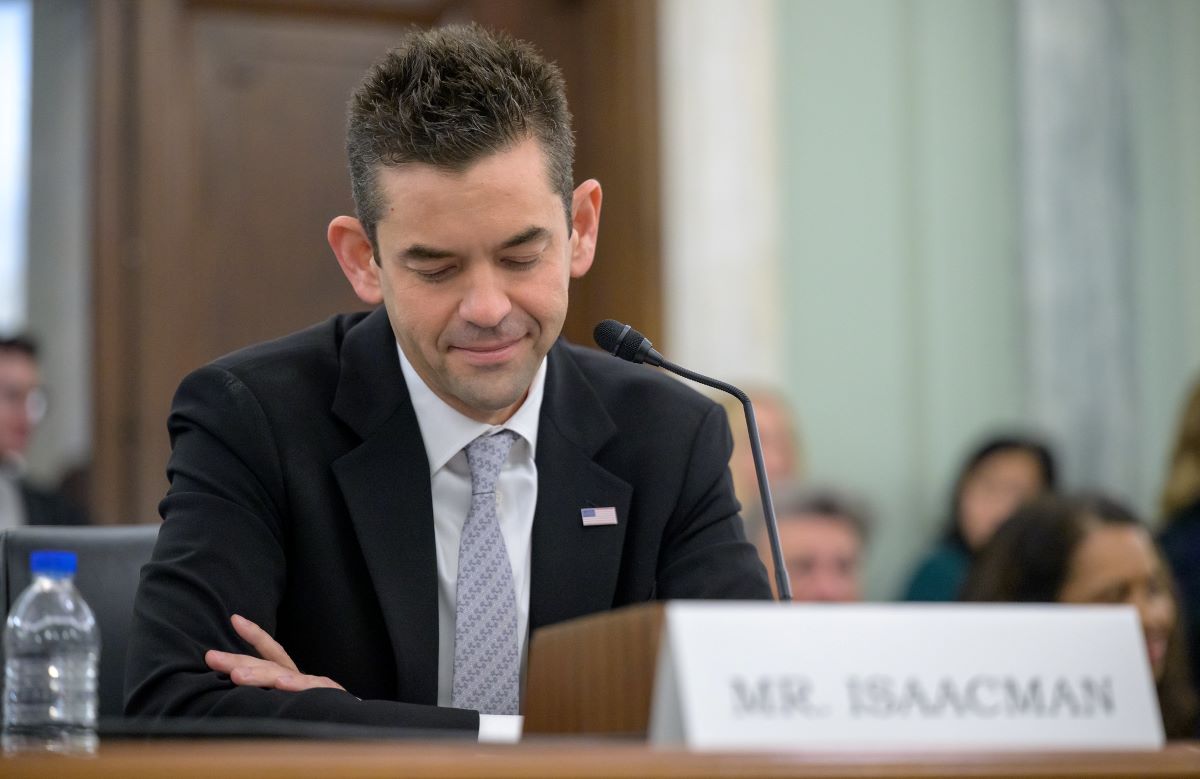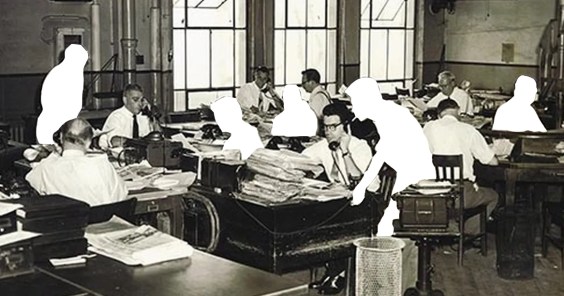It is really a testament to how dominant the highway industrial complex has become that we even have to talk about Birmingham's Northern Beltline, a $4.7 billion outerbelt first proposed in the 1960s. But with backing from big companies that would reap windfall real estate profits from the highway -- and with a U.S. Senator working to secure federal funding -- this boondoggle might actually get built.

The six-lane, 52-mile highway would be fantastically expensive for any state. Even on a per mile basis -- $90 million -- it is extravagant, making it one of the country's most expensive highway projects, and by far the priciest one in state history.
To make matters worse, by any measurable outcome the project wouldn't be all that useful. Regional transportation officials have estimated that this project would reduce congestion on existing freeways by a mere 1 to 3 percent. That's a big part of the reason, when those planners ranked the 50 most important transportation projects for the Birmingham area, the Northern Beltline was ranked a lowly 36th. (All the remaining 49 projects, by the way, could be completed for $1 billion less than the total cost of the Northern Beltline.)
Even as a job creator -- its ostensible purpose -- the Northern Beltline underwhelms. A study commissioned by the Coalition for Regional Transportation, a pro-highway non-profit, estimated the project would produce 70,000 jobs and $7 billion in investment. But Chattanooga's Ochs Center for Metropolitan Studies [PDF] says that study -- completed by the Center for Business and Economic Research -- was seriously flawed.
"The CBER data confuse permanent jobs with jobs available in any one year and rely on outdated Federal Highway Administration data," said Ochs Center authors Ken Chilton and Peter B. Meyer.
Chilton and Meyer, on the other hand, estimate the project could produce as few as 2,800 jobs during any of the project years. That equals one job per $456,000 invested.
Plus, Chilton and Meyer say the CBER study examined only benefits of the Beltline and ignored its costs, and that it examined those benefits only against the "build nothing" alternative.
Ochs, meanwhile, estimates the project would attract only 372 businesses and 6,527 residents. Even that paltry influx could occur only after significant additional cost to taxpayers, because sewers need to be built in the undeveloped area the highway would serve.
That led Chilton and Meyer to conclude: "This project would be a poor investment of limited taxpayer dollars given its enormous cost and over-inflated economic benefits."
"When you look at all the other transportation needs, all the other projects create jobs," said Gil Rogers, an attorney for the Southern Environmental Law Project, an opponent of the Beltline. "Let’s find the projects that will create the most jobs and take the least amount of time."

Still, the Northern Beltline is a cause célèbre of the local business community and touted as an economic development opportunity. And -- here's the real kicker -- of all the projects destined for delay and eventual abandonment, this is a project that might actually happen. Local officials recently applied for a construction permit, though a lawsuit challenging the environmental assessment is pending.
Rogers says he thinks project proponents believe that if they can "get a shovel in the ground," it will make the project more difficult to stop. And they are planning to begin with a distant, disconnected segment that would only have any transportation value if the project could be completed -- a real gamble in today's transportation funding climate.
"It just seems very speculative to embark on a project like this," without all funding in place, Rogers said. "The funding that they have would only build a road to nowhere."
Supporters say the project would be paid for fully by the federal government, because of a program called the Appalachian Development Highway System. The current transportation bill, MAP-21, eliminated that as a stand-alone program, but in its new form, it can fund qualifying projects with absolutely no local match. Alabama received just $109 million from the fund in 2012. At that level of support, opponents point out, the project would take 43 years to complete.
But one thing this project does have going for it is a handful of powerful supporters. Alabama Senator Richard Shelby has been helping secure federal funds. The Coalition for Regional Transportation, which spun off from the Birmingham Business Alliance, is leading the charge locally.
The Coalition is supported by companies that will see the value of their real estate holdings skyrocket if the highway is built. Paul Vercher, vice chairman of CRT's board of directors, works for U.S. Steel, the largest landowner along the corridor. The Drummond Company, another major landowner, is also represented on the board.
The group spent roughly $112,000 building support for the highway in 2011. That work included gathering statements of support from 39 local communities -- but Rogers says they presented these communities with information about the project’s benefits and nothing about costs. The Coalition for Regional Transportation has also refused offers by Rogers and other opponents to hold public debates.
"A beltway just seems like a dinosaur approach to modern economic development challenges," Rogers said. "Like most other cities around the U.S., Birmingham has some old interstates that need maintenance and rebuilding. There are some real opportunity costs to pursuing the Beltline."





